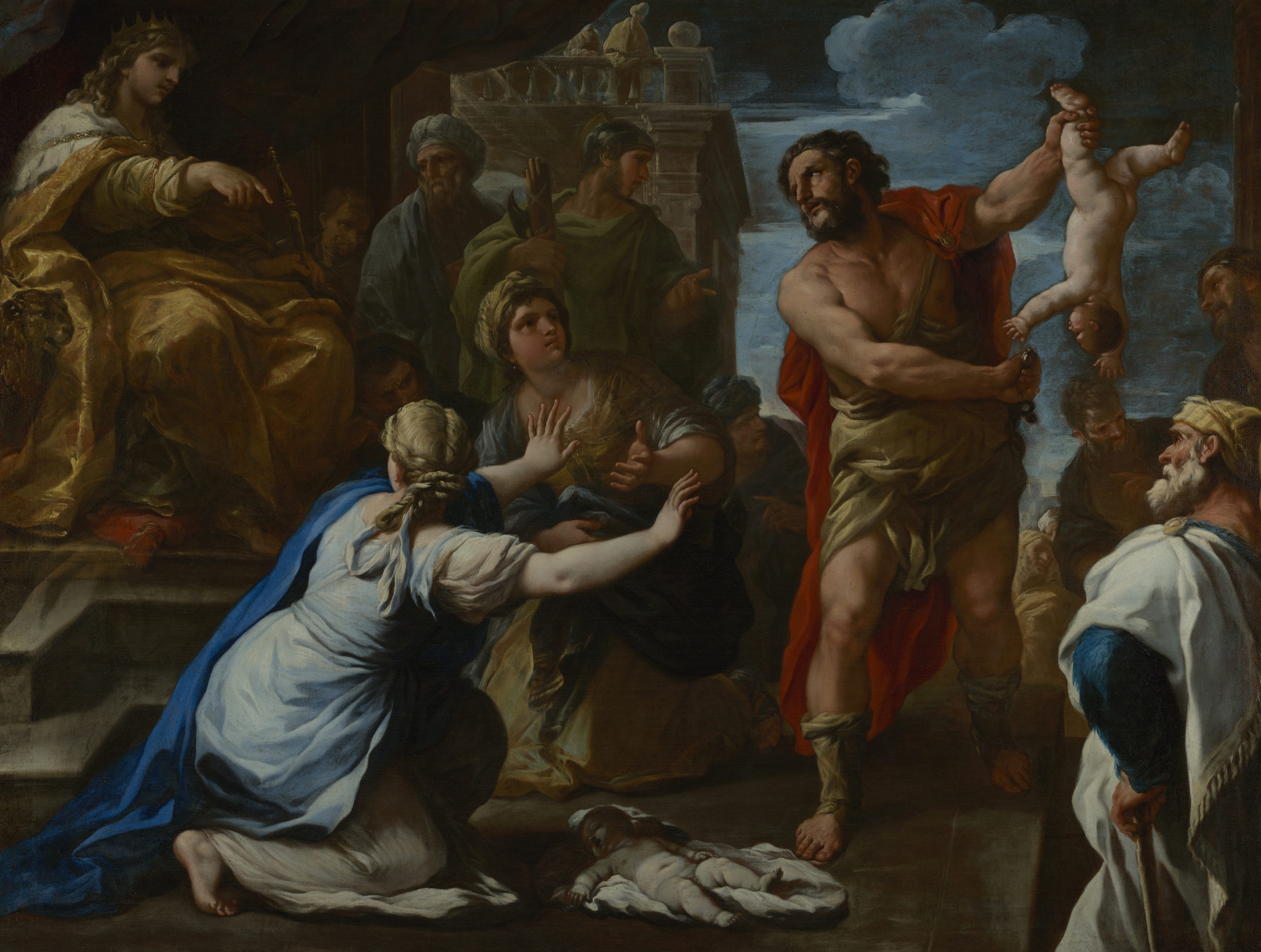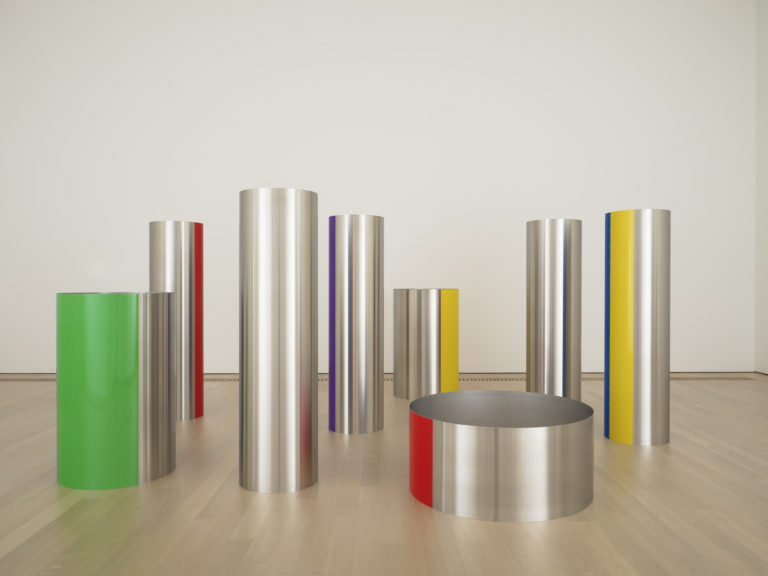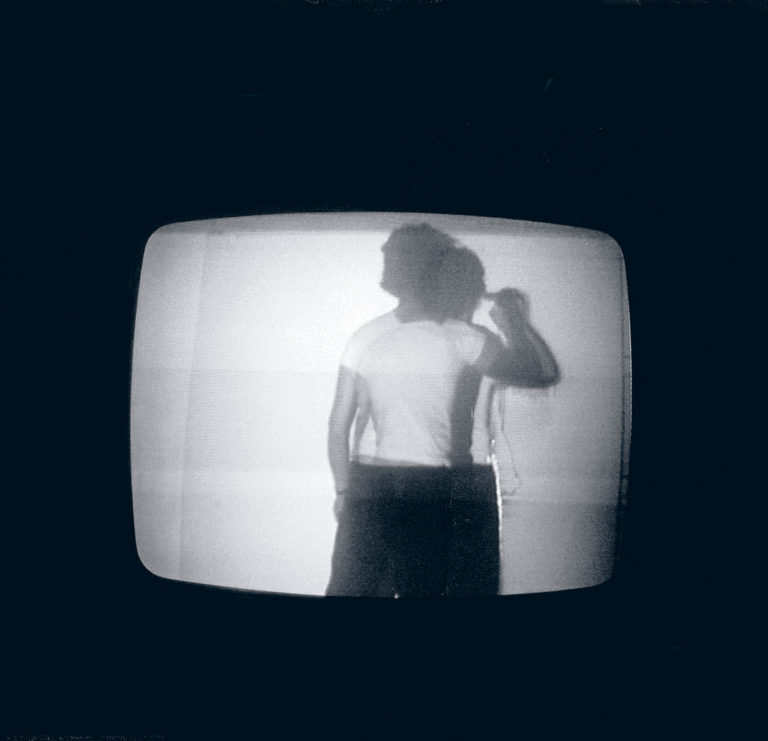On display
The CollectionBibliography
Oreste Ferrari, Paola Caretta et alii, Luca Giordano, exh. cat. Naples, Castel Sant’Elmo-Museo di Capodimonte, Vienne, Kunsthistoriches Museum, Los Angeles County Museum, Naples, Electa, 2001.
Marie-Dominique Sanchez, ‘Deux tableaux méconnus de Luca Giordano,’ in Entre Rome et Paris: œuvres inédites du XIVe au XIXe siècle, Les Cahiers du Musée de Lausanne n. 4, 1996: 9-14.




This painting illustrates an episode in the Old Testament. Two prostitutes, who had given birth at the same moment, both claim to be the mother of the same child after the other had been smothered at birth. Asked to judge, Solomon ordered: ‘Cut the child in two and give one half to the first woman and the other to the second.’ When one of the women renounces her half so that the child can live, the king of Israel recognises her as the true mother.
In keeping with tradition, the work represents the high point of the drama. In the half-light, a young monarch is sitting on a throne, looking down on the scene, the light illuminating his hand drawing attention to the order he has just made. To the right, a soldier holds up the living child with his other hand on the hilt of his sword. One of the mothers holds her hands out in horror, turning to the sovereign to beseech him to prevent the mortal blow. Around them, courtiers observe the scene.
Everything here serves the dramatic effect of the action. The composition is tight-knit, ordered by two diagonals that intersect at the point where the contrast of the chiaroscuro is at its strongest. The powerful figure of the soldier seems to pierce the space. The eloquent gestures heighten the theatricality of the scene. Giordano creates striking effects of colour and light. The violently lit whites and blues of the foreground contrast with the gold-hued semi-penumbra of the background, punctuated by the reds of the cushion under Salomon’s foot rest and the soldier’s cloak.
The influence of Veronese on the composition and colours place this painting after Giordano’s Venetian sojourn, and the lighting and quotations, which show a close link with the mature work of Mattia Preti, allow us to date this Jugement de Salomon to around 1670–85, when Giordano was working in and around Naples.